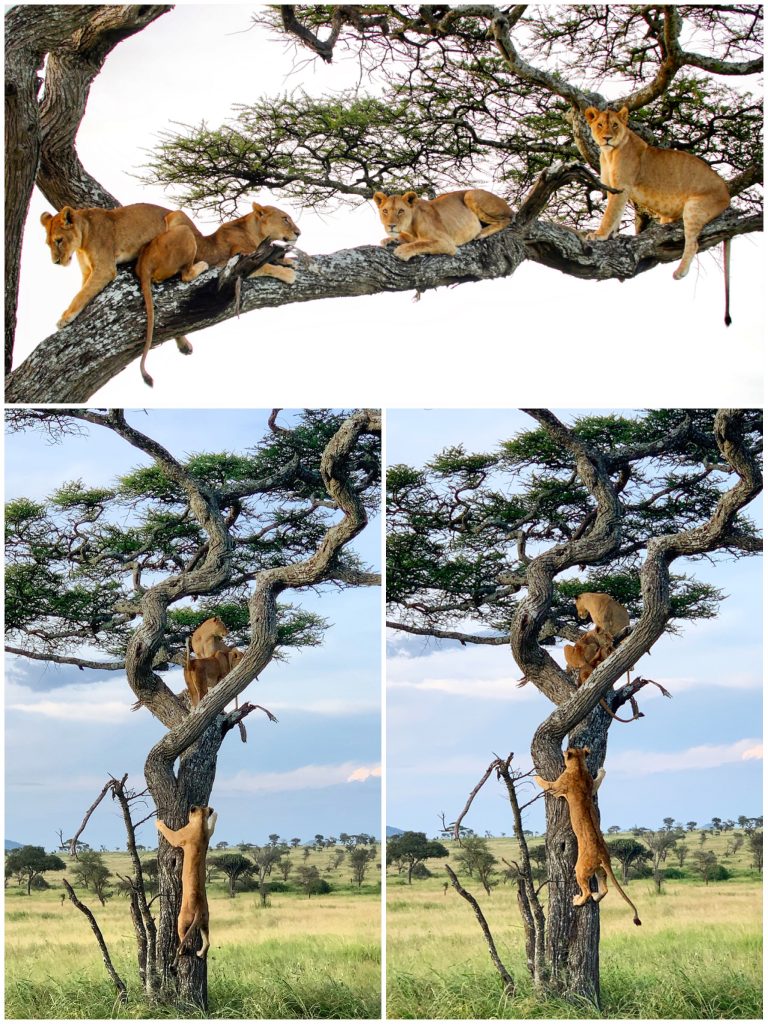
“There is no feeling greater than to have pride in one’s company.”
At Noble Ventures, our aim is to continue climbing new heights as we expand our boundaries. To the bold goes a life well-lived.
As someone who is a travel enthusiast but has an aversion for fully documenting their experiences, I made the decision to buy a zoom lens before I traveled to Tanzania at the beginning of this year. I purchased a Sigma 100-400MM lens, which I attached to my Panasonic GH4 (with Metabones Speed Booster Adapter). Simply put, the Sigma lens is one of the most affordable options out there for zoom lenses.
And then it was off to the Serengeti, N’gorongoro Crater, and Tarangire National Park. Lake Manyara is also a popular destination to fit in when one visits Northern Tanzania, but essential bucket list excursions are only the first two destinations in my opinion.
The Serengeti is wondrous due to the sheer number of wildlife existing in the region (with over 2 million wildebeests and zebras roaming), while the N’gorongoro Crater is memorable because of its unique topography (having been formed as a result of a large volcanic eruption in which its cone collapsed inward 2.5 million years ago).
But, of course, why someone goes on an African safari is to see the lions. And with over 3,000 in the Serengeti alone, the park likely has the largest concentration of the species in the world.
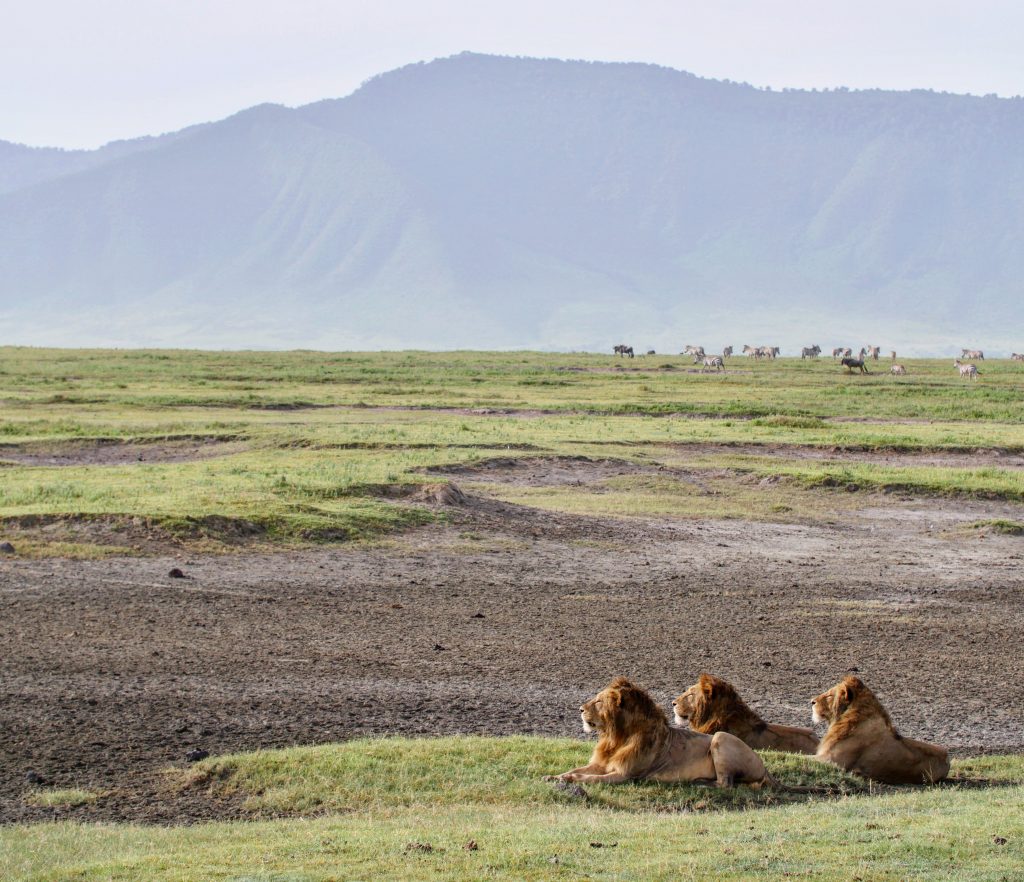
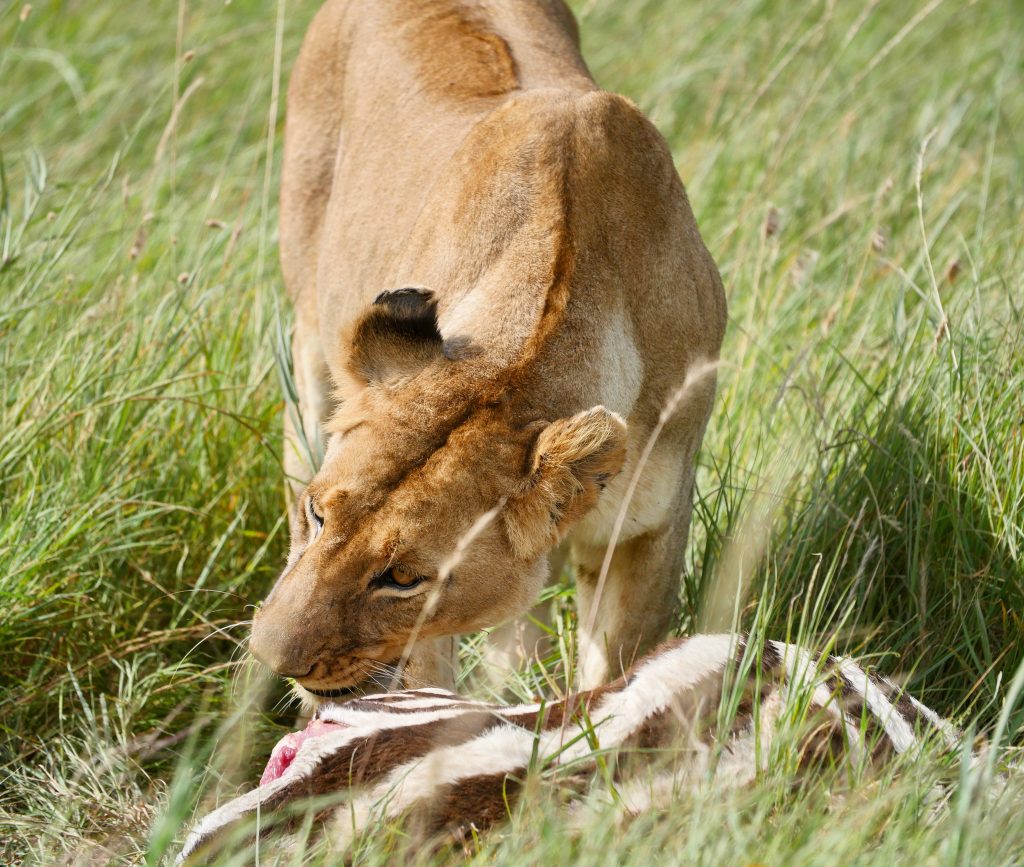
The N’gorongoro Crater is famous for its rhino population as well, which has doubled since the 1970s due to anti-poaching efforts. Meanwhile, the Serengeti also boasts a large contingent of giraffes, hippos, and 4 of the Big 5 (lions, leopards, buffalo, elephants, and rhinos).
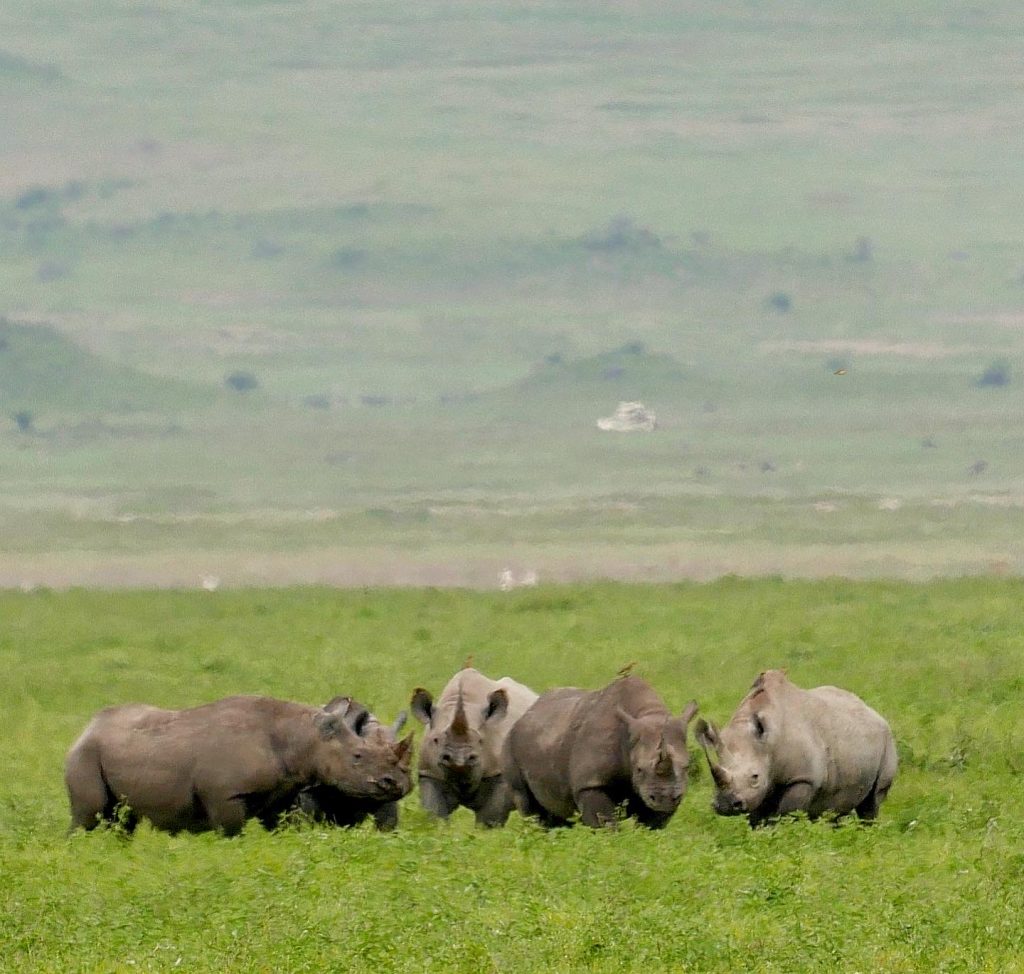
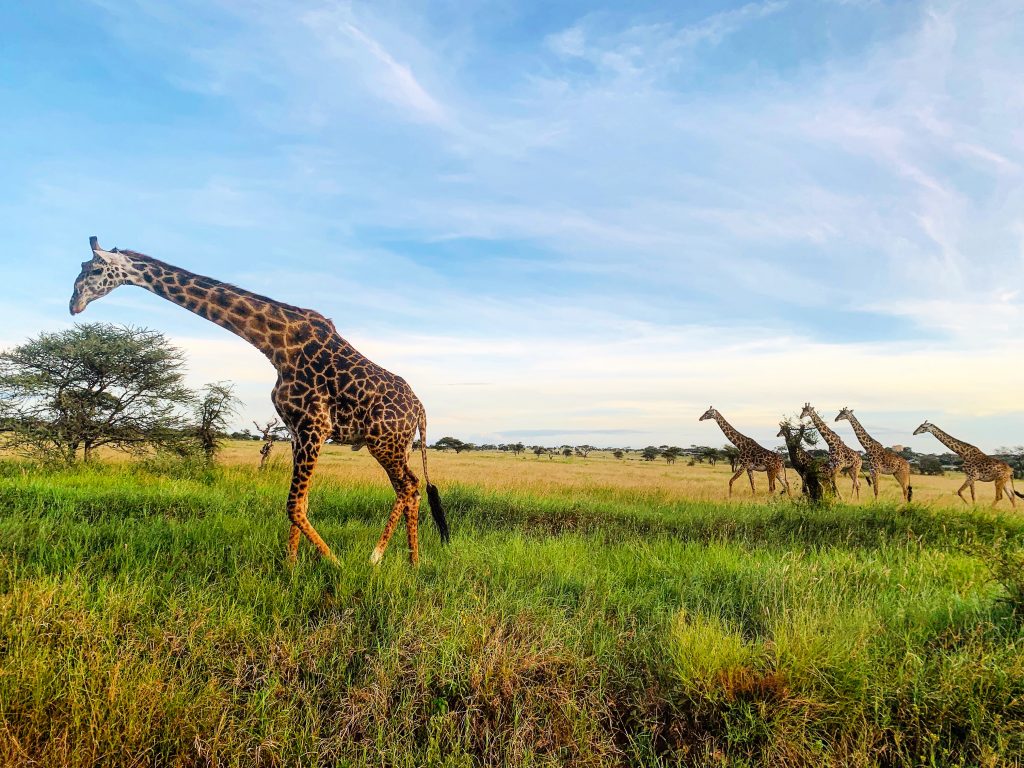
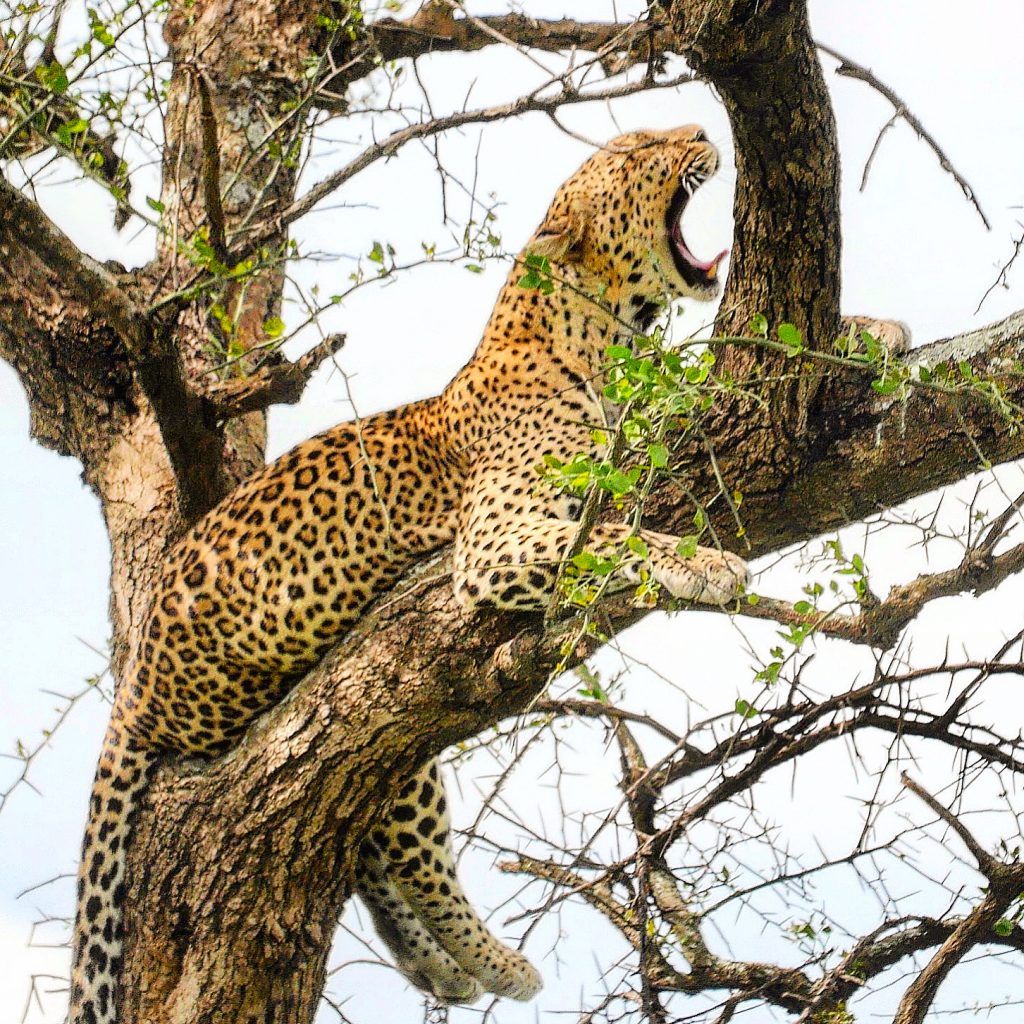
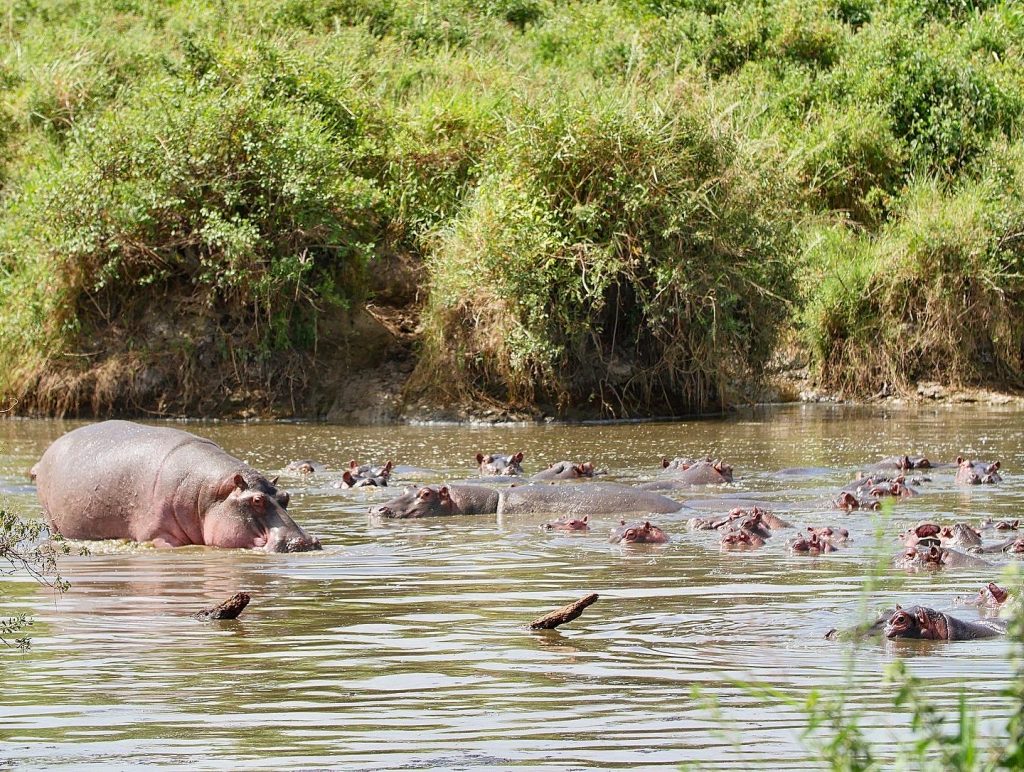
When I travel, my natural instinct is to live in the moment rather than document the experience. A blessing of spending 8-hour days in a Land Cruiser, however, is there’s not much option to do anything else but to take photos, including those of the over 500 species of birds that inhabit this region.
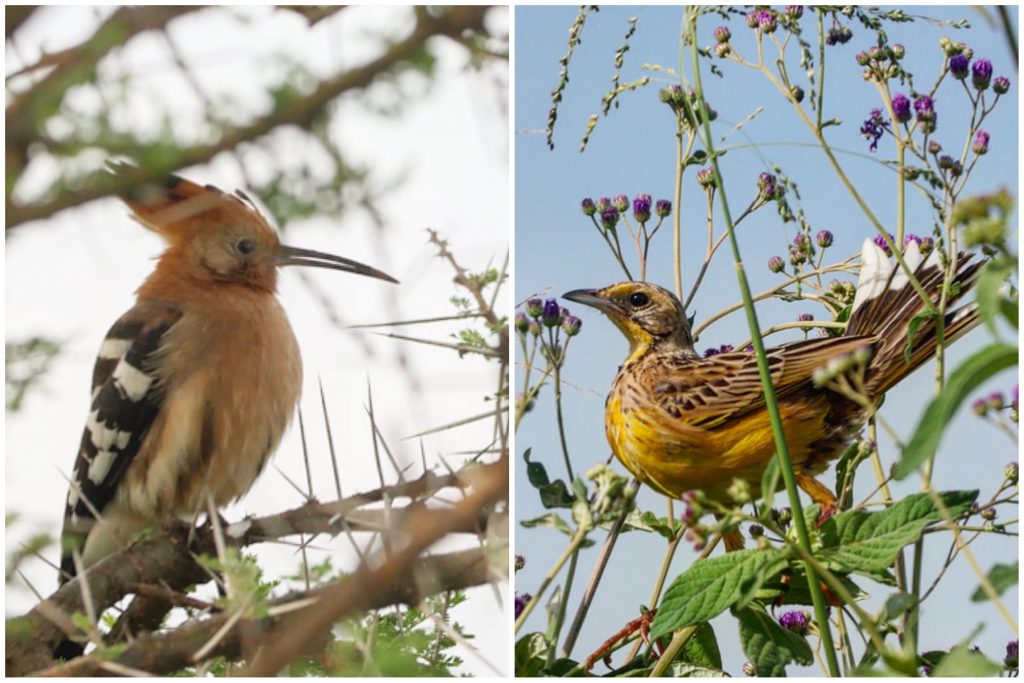
With smartphones getting yearly upgrades in their camera department, I wouldn’t say it’s necessary to purchase a camera for shooting videos or photos. As an amateur, my Iphone did a commendable job. I’m making it a personal goal of mine to improve documenting my future trips, however, so I look forward to improving my photography skills. And what better place is there to practice than in what’s considered by many the greatest wildlife park in the world?
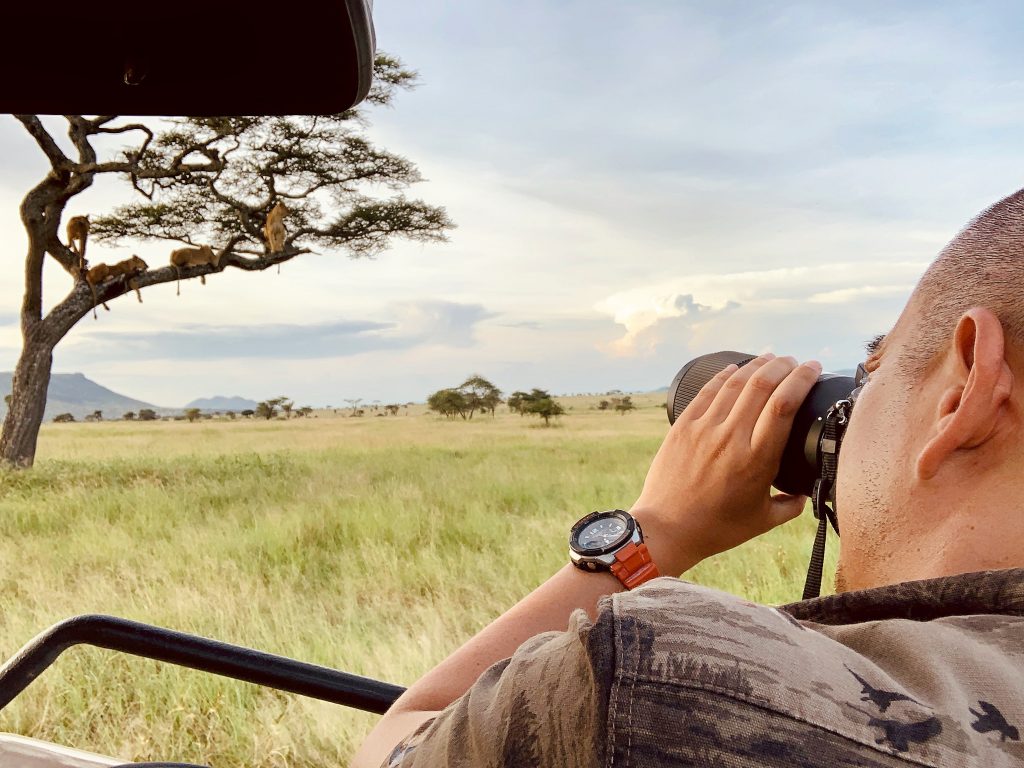
Whether a nomadic vagabond or high-end tourist, one recommendation I can give is to document your experiences. As years pass, you’ll forget most of what has happened. Seeing a single photo has the power to evoke so many memories. So keep shooting! And make sure to include yourself every now and then.
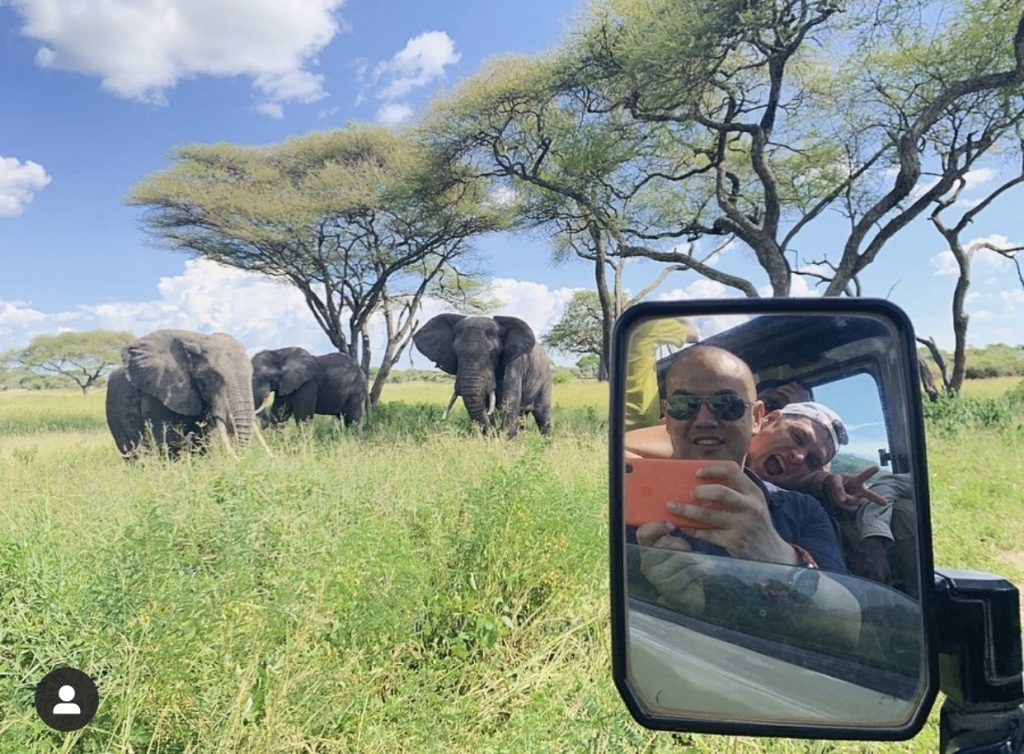
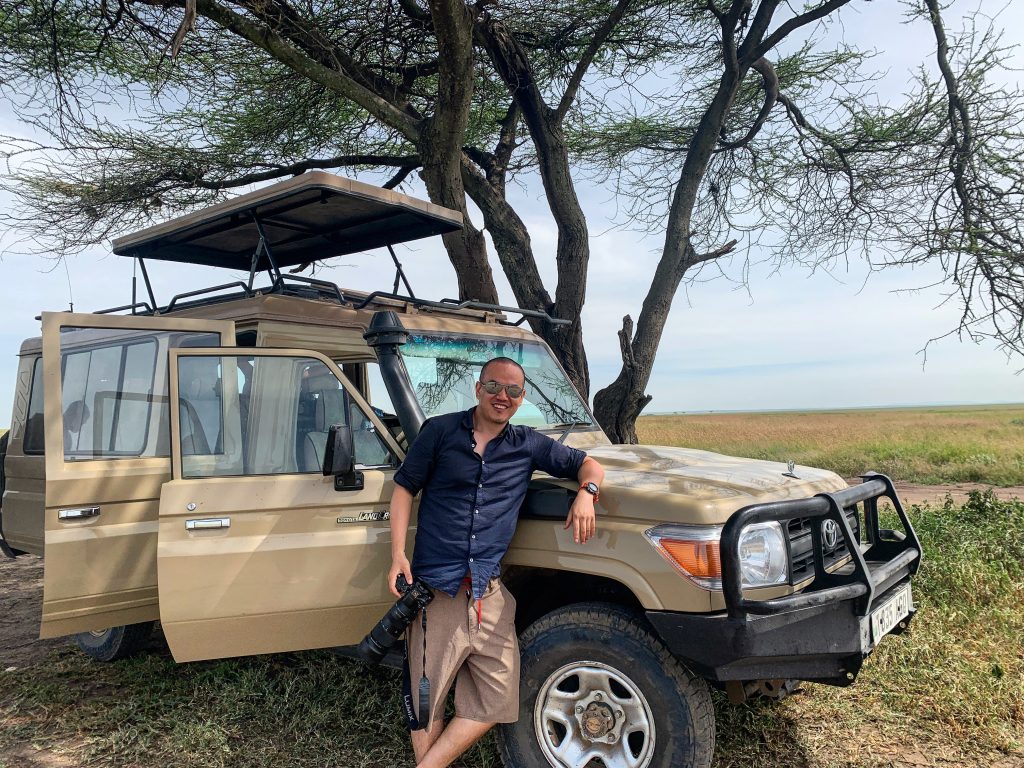
2 replies on “Wildlife Photography”
Good read! Thanks for sharing.
Been enjoying your posts. Nice bio as well.